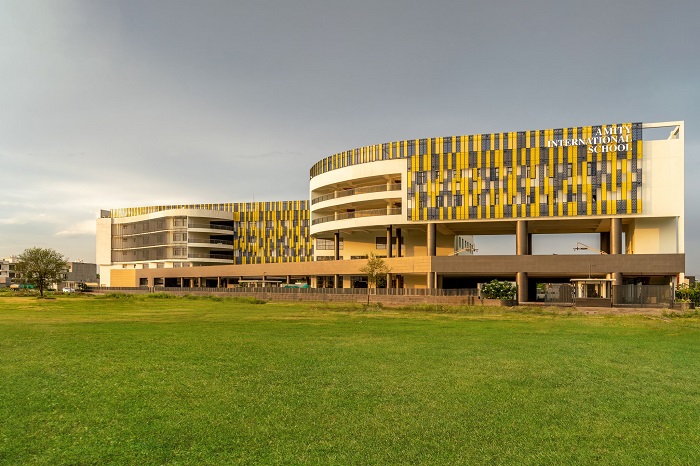About Architect:
Saurabh Gupta is a B. Arch, from TVB School of Habitat Studies, Delhi as well as M. Des Product Design, School of Planning and Architecture, New Delhi. He has been a Partner at VGA and has been associated with the practice for over 15 years He develops a design language for projects through an iterative process that complements his creative and pragmatic solutions for spatial design challenges. His design approach uses research in his multifaceted projects as a tool that plugs into the design process to evaluate and build upon ideas and practices. Through educational projects at VGA, he is constantly pushing the envelope to design spaces that catalyse holistic development for children of all ages with the fundamental principle to create interactive learning environments for children to learn, grow, and prosper.
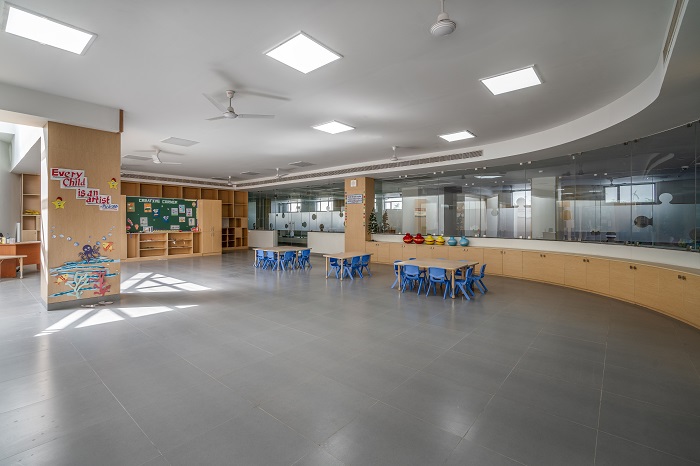
The innovative approach to design for the Amity International School in Mohali, Punjab, attempts to go beyond the rigid morphology of educational spaces and planning. Drawing inferences from efficient models of tackling urban density, the complex seeks to embody a progressive spirit through an elevated level of spatial vibrancy by rethinking the design of conventional school complexes.
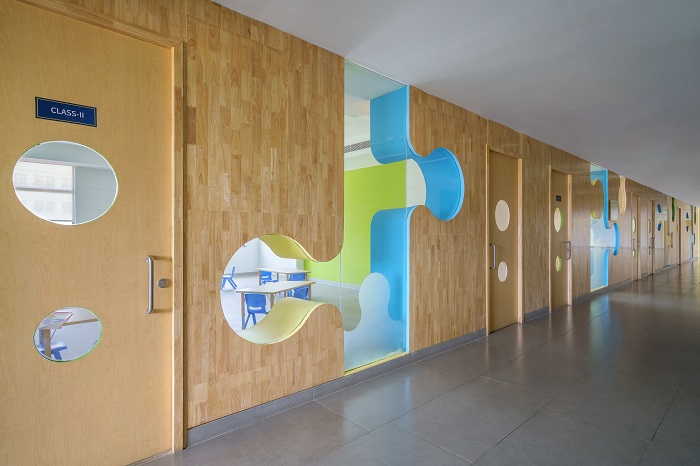
The site posed several challenges in terms of size, orientation and surroundings, which were ingeniously navigated, while developing a distinctive design scheme. To balance spatial requirements with site constraints, the building mass has been lifted to the podium level, spilling over into a large colonnaded platform connecting the cafeteria and doubling up as a play area. Similarly, by providing activity areas at each level of the five-storey structure, the school complex enables spaces for engagement and exploration at several junctures. A playful mix of punctures and louvers lightens the visual load of the imposing five storey structure. These façade elements are planned to allow natural light in all spaces throughout the campus. One of the most prominent details of the project is the exuberant curtain wall that wraps around the built form on the southern side. Made out of laser-cut aluminum panels and strategically placed to protect the building from the harsh southern sun, this fluid envelope of blue and yellow asserts a distinct visual identity to the complex. The building follows an organic form, achieved through well-crafted concrete

The interior spaces are shaped in a tactile language, with minimal but vibrant colors bringing in an elevated sense of dynamism, highlighting the innovative approach harboring a conducive environment for learning. Wooden porous partitions, organically designed, enable visual connectivity within spaces at all times. The North and South facades are a perfect example of functionality and aesthetics, as they allow the building to be climate-responsive while establishing a distinct visual identity. Efficient planning through cross-domain learning was instrumental in developing a design scheme that is fit for holistic education. The comprehensive design scheme lays the blueprint for a holistic education – one where physical activity, social interaction, and creative exploration are just as crucial as curricular education.
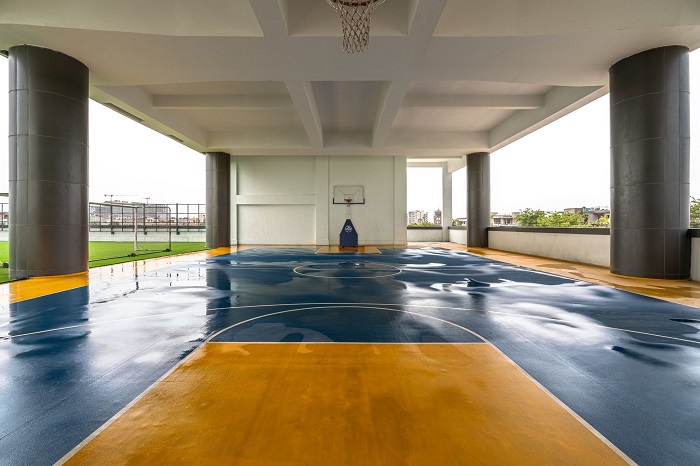
With a passion for nature and its preservation, Saurabh designs spaces as an amalgamation of the interior and exterior environments with subtle transitions and connections to the outside world. Sustainability is inherent to his design process where spatial planning, materials, and construction techniques come together to make a building environmentally responsive. He has a knack for finding innovative solutions to problems of varying complexities has resulted in an ingeniously crafted multidisciplinary body of work at VGA.
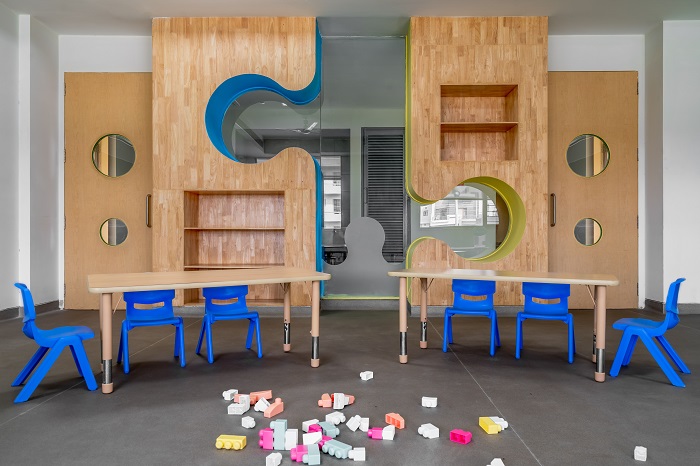

Saurabh Gupta is a B. Arch, from TVB School of Habitat Studies, Delhi as well as M. Des Product Design, School of Planning and Architecture, New Delhi. He has been a Partner at VGA and has been associated with the practice for over 15 years He develops a design language for projects through an iterative process that complements his creative and pragmatic solutions for spatial design challenges. His design approach uses research in his multifaceted projects as a tool that plugs into the design process to evaluate and build upon ideas and practices. Through educational projects at VGA, he is constantly pushing the envelope to design spaces that catalyse holistic development for children of all ages with the fundamental principle to create interactive learning environments for children to learn, grow, and prosper.


